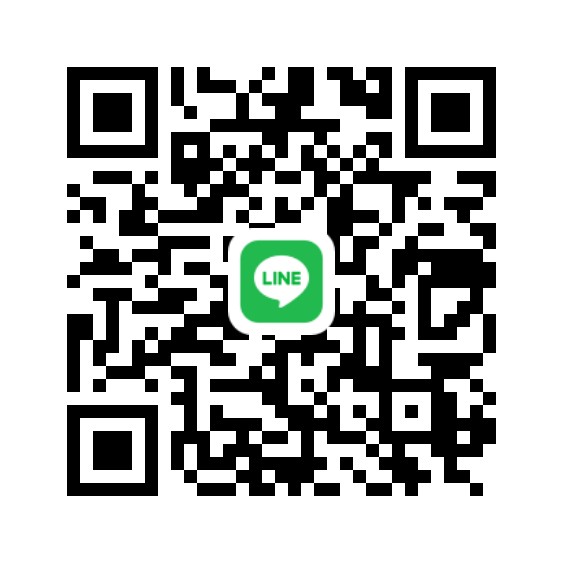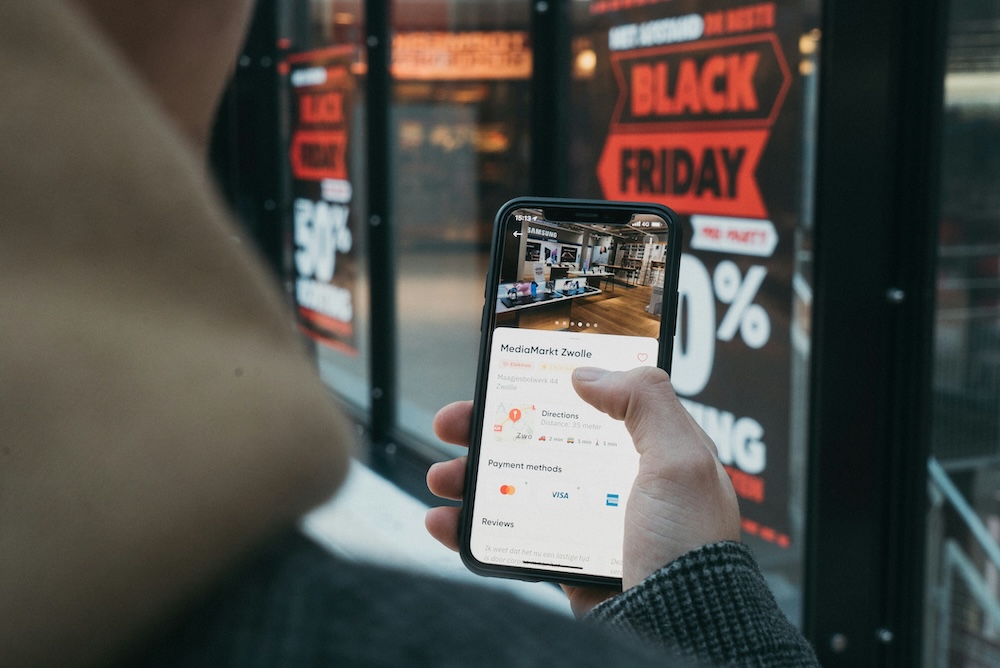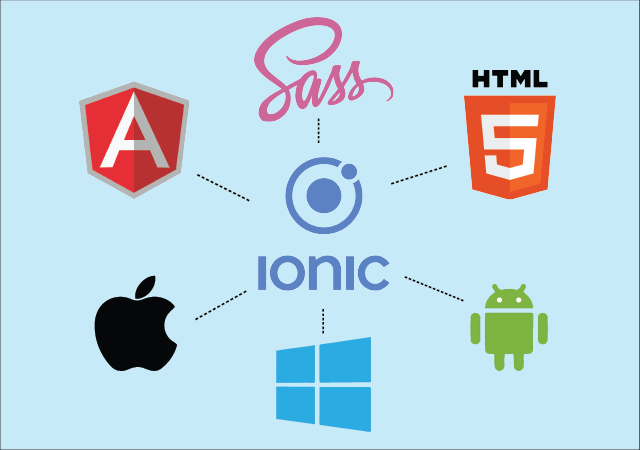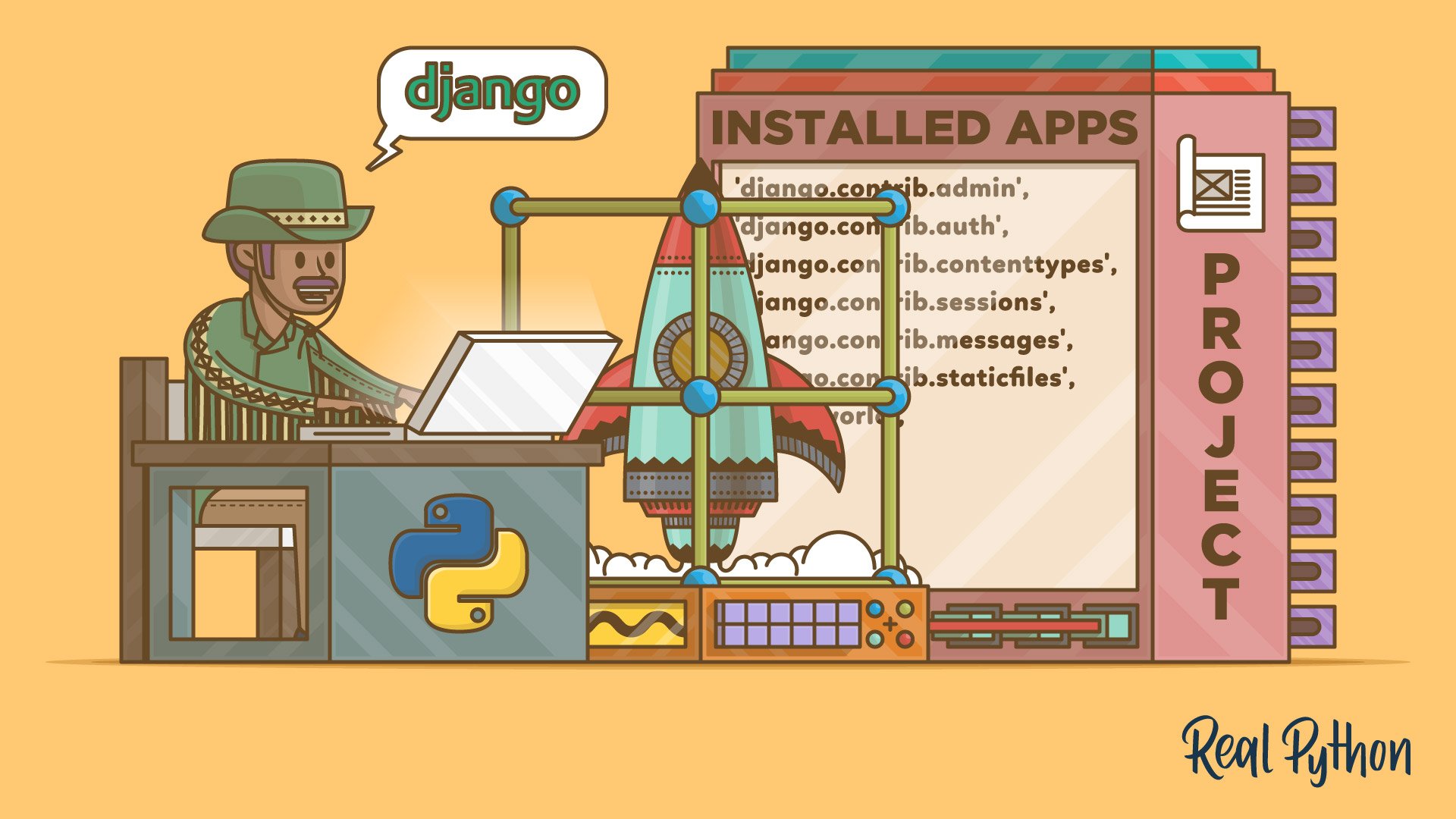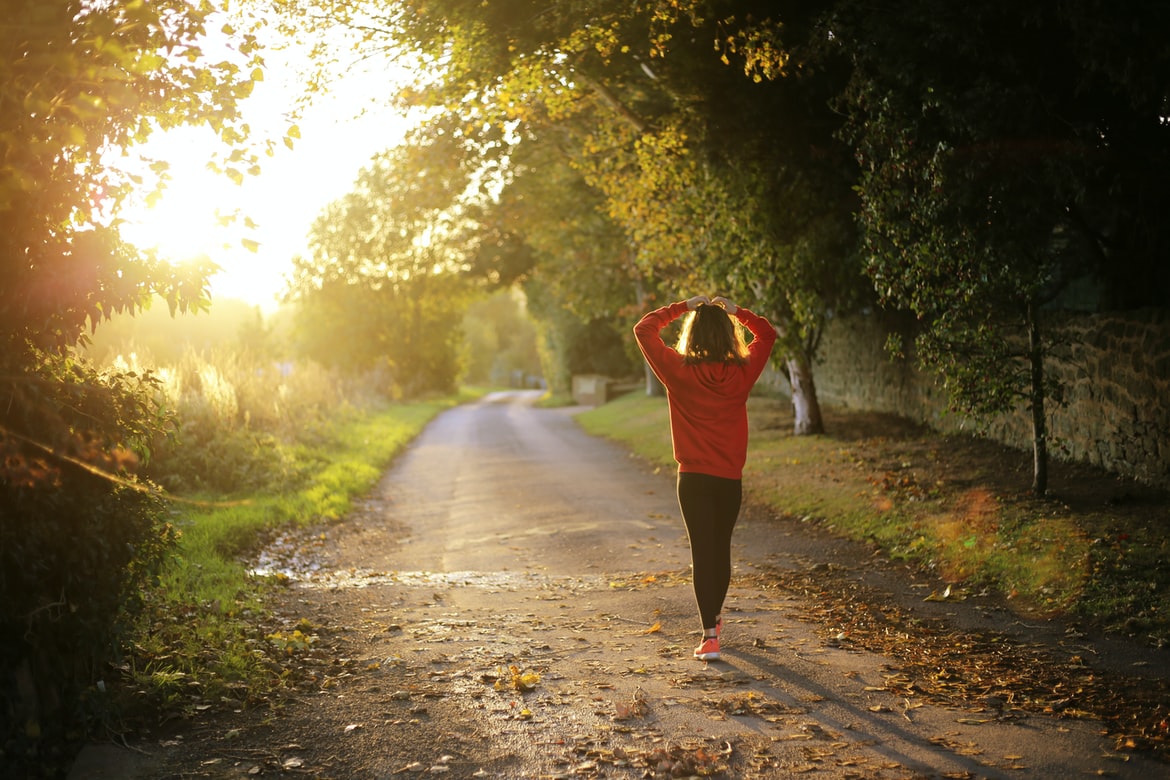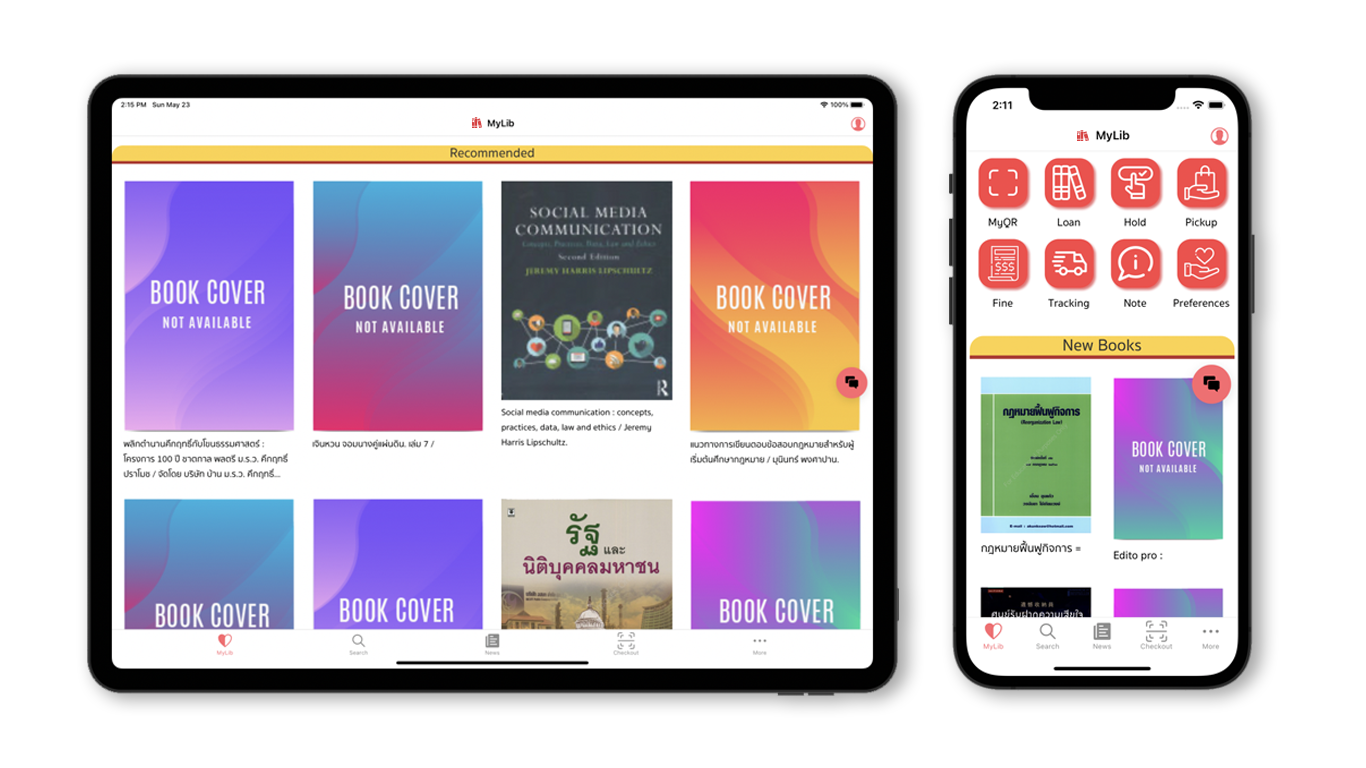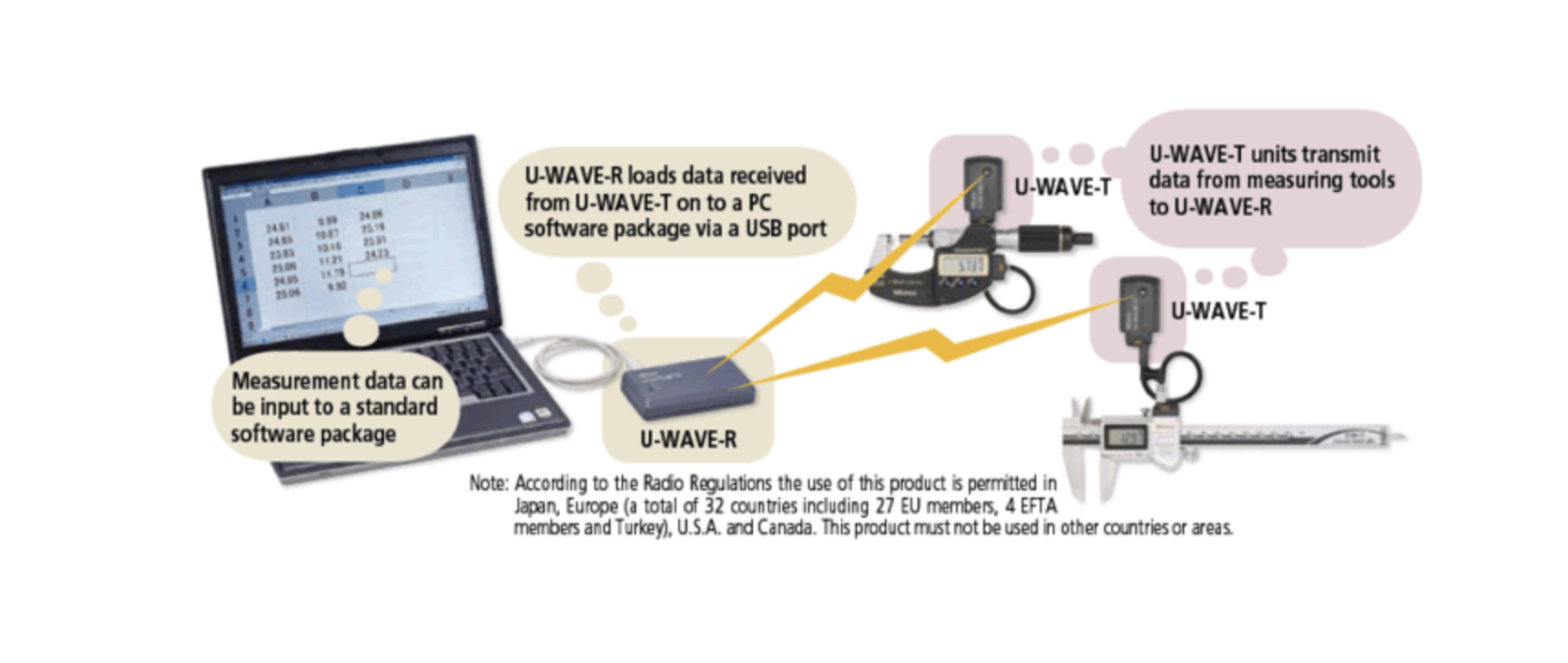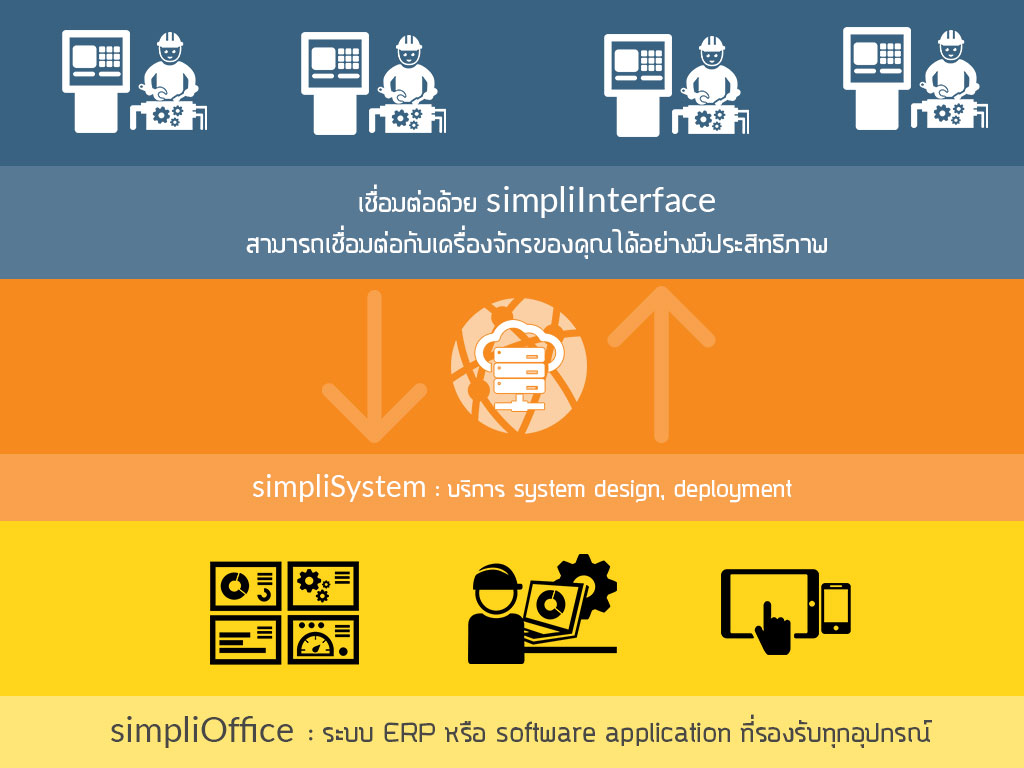Understanding YOLO: How It Works & Sample Code
Introduction to YOLO
YOLO (You Only Look Once) is a cutting-edge object detection algorithm known for its speed and accuracy. Unlike traditional models that use region proposal methods (such as Faster R-CNN), YOLO treats object detection as a single regression problem, predicting bounding boxes and class probabilities in one forward pass.
This blog will explain how YOLO works and provide sample code to help you get started with YOLOv8.
How YOLO Works
1. Grid-Based Prediction
YOLO divides an image into an S x S grid. Each grid cell predicts:
- Bounding boxes (x, y, width, height)
- Confidence scores
- Class probabilities
Each cell is responsible for detecting objects whose center falls within it.
2. Single Neural Network Pass
- Unlike region proposal networks (like R-CNN), YOLO processes the entire image in a single forward pass.
- This makes it significantly faster while maintaining good accuracy.
3. Bounding Box Filtering
YOLO applies Non-Maximum Suppression (NMS) to remove overlapping bounding boxes, keeping only the most confident predictions.
Installing YOLOv8
To use YOLO, install the Ultralytics YOLO library:
pip install ultralyticsSample Code: Running YOLO on an Image
1. Import Dependencies
from ultralytics import YOLO
import cv2
import matplotlib.pyplot as plt2. Load YOLO Model
# Load the pre-trained YOLOv8 model
model = YOLO("yolov8n.pt") # 'n' (nano) is the smallest version; other versions: 's', 'm', 'l', 'x'3. Run YOLO on an Image
# Run YOLO on an image
image_path = "test.jpg" # Replace with your image path
results = model(image_path)
# Show results
results.show() # Display detected objects4. Display Results with Matplotlib
# Convert results to OpenCV format and display
for result in results:
img = result.plot() # Draw bounding boxes
plt.imshow(cv2.cvtColor(img, cv2.COLOR_BGR2RGB))
plt.axis("off")
plt.show()5. Access Detected Objects
# Print detected objects
for result in results:
for box in result.boxes:
print(f"Class: {model.names[int(box.cls)]}, Confidence: {box.conf.item()}, BBox: {box.xyxy.tolist()}")Running YOLO on a Video (Webcam or File)
# Open video (0 for webcam, or provide a video file path)
cap = cv2.VideoCapture(0)
while cap.isOpened():
ret, frame = cap.read()
if not ret:
break
# Run YOLO on the frame
results = model(frame)
# Plot results on the frame
frame = results[0].plot()
# Show frame
cv2.imshow("YOLOv8 Detection", frame)
if cv2.waitKey(1) & 0xFF == ord("q"):
break
cap.release()
cv2.destroyAllWindows()Applications of YOLO
- Surveillance & Security (weapon detection, facial recognition)
- Autonomous Vehicles (object detection in real-time)
- Retail & Inventory (smart checkout, stock monitoring)
- Medical Imaging (tumor detection, diagnostics)
- Drones & Robotics (tracking and following objects)
- Wildlife Conservation (monitoring endangered species and preventing poaching)
- Agriculture (detecting crop diseases, counting livestock, and monitoring plant health)
- Manufacturing & Quality Control (detecting defects in production lines)
- Sports Analytics (tracking player movements and ball trajectories in real-time)
Conclusion
YOLO is a powerful, real-time object detection model that balances speed and accuracy. Its ability to detect multiple objects in a single forward pass makes it ideal for a variety of applications, from security to automation.
Want to train YOLO on custom objects? Stay tuned for our next guide! 🚀
Get in Touch with us
Related Posts
- 如何使用 Python 开发 MES(制造执行系统) —— 面向中国制造企业的实用指南
- How to Develop a Manufacturing Execution System (MES) with Python
- MES、ERP 与 SCADA 的区别与边界 —— 制造业系统角色与连接关系详解
- MES vs ERP vs SCADA: Roles and Boundaries Explained
- 为什么学习软件开发如此“痛苦” ——以及真正有效的解决方法
- Why Learning Software Development Feels So Painful — and How to Fix It
- 企业最终会选择哪种 AI:GPT 风格,还是 Gemini 风格?
- What Enterprises Will Choose: GPT-Style AI or Gemini-Style AI?
- GPT-5.2 在哪些真实业务场景中明显优于 GPT-5.1
- Top Real-World Use Cases Where GPT-5.2 Shines Over GPT-5.1
- ChatGPT 5.2 与 5.1 的区别 —— 用通俗类比来理解
- ChatGPT 5.2 vs 5.1 — Explained with Simple Analogies
- 为什么成长型企业 最终会“用不下去”通用软件 —— 成功企业是如何应对的
- Why Growing Businesses Eventually Outgrow Off-the-Shelf Software (And What Successful Companies Do Instead)
- 边缘计算中的计算机视觉:低算力环境下的挑战与中国市场的新机遇
- Computer Vision in Edge Devices & Low-Resource Environments: Challenges & Opportunities
- Simplico —— 面向中国市场的企业级 AI 自动化与定制软件解决方案
- Simplico — AI Automation & Custom Software Solutions
- 基于 AI 的预测性维护——从传感器到预测模型的完整解析
- AI for Predictive Maintenance: From Sensors to Prediction Models

